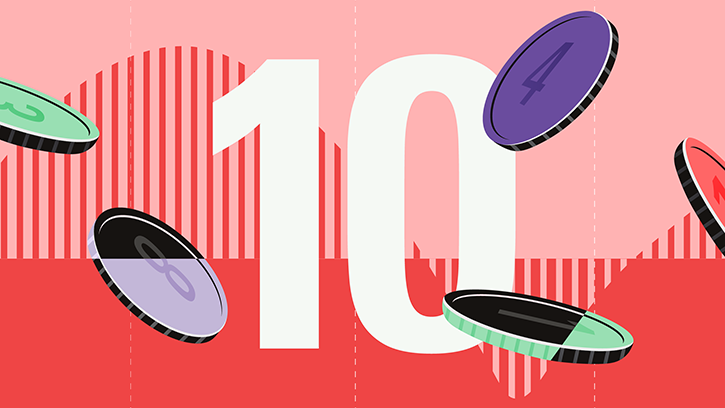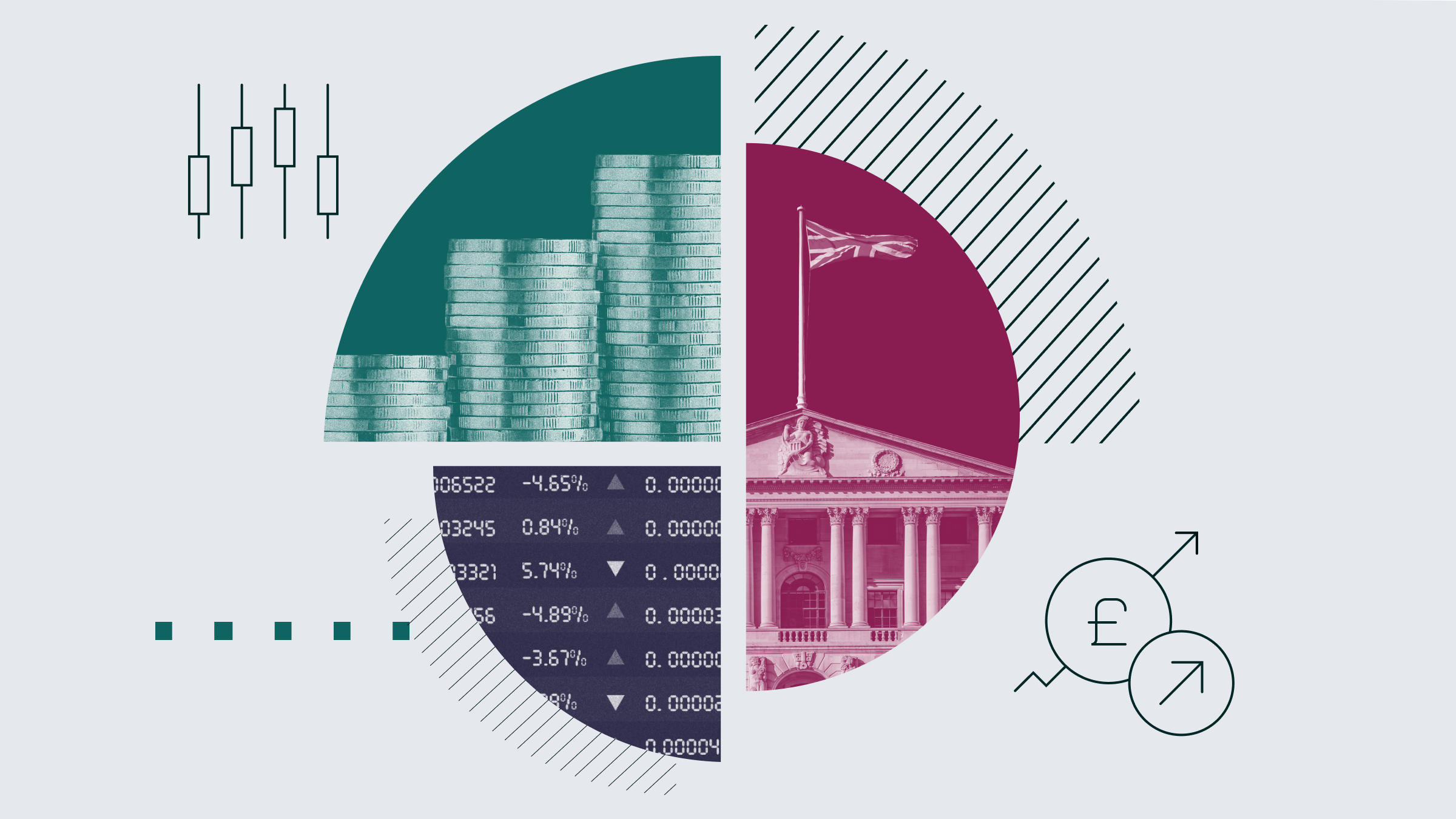For some months, leading indicators of the global economy, while not always uniformly positive, have generally trended higher. The JP Morgan Global Composite PMI, for example, bottomed in June and is now at its highest level since last March. The services PMI led the turnround, but in recent months the manufacturing PMI has hauled itself above the 50 level, suggesting a pick-up in the manufacturing sector should be underway. While a straight read across from the PMI figures to global GDP may lack consistency and sometimes be misleading, the PMI’s are certainly indicating some reacceleration of global growth in Q1, despite a possible relatively weak outturn in the US as recent tax changes hit household income.
This upturn in growth momentum has come a little too late to boost Q4 and for all of 2012 global growth will be well below trend at around 3.0%. Hopes are certainly growing that the current year will show a reasonable improvement, despite fiscal austerity programmes and ongoing deleveraging, with growth gradually accelerating as the year progresses. By year end, many commentators expect Q4 global growth to be moving back up towards an above-trend 4% pace. The latest estimates for the main economies from the leading investment houses are shown below:

Expectations for GDP Growth in Q4
Q4 2012 GDP reports are still to be released but will be decidedly mixed. There is no doubt that more recent economic reports from the US and China attest to a modest upturn. However, distortions to the headline GDP figures in the US will mask the scale of the improvement in private sector domestic demand. Indeed, despite expectations of a substantial pick-up in consumer spending, corporate CAPEX and housing in Q4, the headline GDP number could be as little as half the 3.1% growth rate reported in Q3.
Much more negatively, official data reports for the euro area point to much weaker growth, with Q4 probably the worst quarter of this economic cycle. After the exceptional boosts to UK Q3 GDP (Olympics, etc.) that generated near 4% growth, consensus expectations are for a reversion to near zero growth in Q4. A similar outturn is expected in Japan but at least no growth is far better than the 3.5% contraction recorded in Q3.
Fiscal Policy & Other Developments
Outside of the bare figures referred to above, there were a number of important economic, monetary, fiscal and political developments during December and early January. Firstly, the US Federal Reserve, following on from its September decision to introduce open-ended QE, supplemented this at the December meeting with open-ended Treasury purchases to continue until there is evidence of a “substantial” improvement in the labour market. Interestingly, the minutes to the meeting revealed a number of FOMC members were pondering a late 2013 timeframe for an end to QE, somewhat earlier than predicted by most private forecasters. Additionally, the Fed also linked interest rates to the unemployment rate stating that near zero rates would persist until the unemployment rate fell below 6.5%, providing inflation did not exceed 2.5%.
Secondly, the revenue-related components of the fiscal cliff were resolved, thereby averting the worst-case outcome. Even so, the agreement just delayed decisions on the debt ceiling and sequestration (the automatic spending cuts) until February/March, thereby setting up the prospect of another major political confrontation.
Elsewhere, in the UK, despite growth downgrades by the BOE and OBR, and a worsening fiscal position, the MPC decided to halt its QE programme, placing greater faith in its Funding for Lending Scheme being capable of improving credit flows. Here’s hoping the rating agencies agree.
In China, the new Politburo endorsed the necessary economic rebalancing towards consumer demand and intends to pursue “pro-active fiscal policy” alongside “prudent monetary policy”.
Japan also has new leadership following the landslide election victory for Shinzo Abe’s LDP. The introduction of “Abenomics”, centred around a 2% inflation target to be achieved by much more radical monetary easing and further huge fiscal stimulus, should boost growth forecasts at least in the short run.
Stock & Bond Market Movements
This new policy approach in Japan, better US and Chinese growth data, avoidance of the fiscal cliff and surprising FOMC minutes, all affected the financial markets. In FX markets, the yen fell heavily against all-comers, while the Japanese stock market soared into the first week of January and by January 4 the TOPIX index had surged 23% from its mid-November levels.
Equity markets elsewhere were also buoyed by the improving background with most of the “tail risks” that had so spooked investors in 2012 now having receded somewhat into the background. The US, UK and MSCI World equity indices all hit post-financial crash highs, with the latest rally being led by more cyclically oriented sectors and mid/small capitalisation stocks.
In the bond markets, “riskier” bonds also performed extremely well from peripheral county debt to corporate bonds (yields on US high yield fell below 6%), while only main market government bonds suffered to any degree in this environment. Interestingly, commodities were the only “riskier” asset class not to participate with the main commodity indices falling in December.
Overall, it was an amazing year with equity returns far higher than most investors would have thought possible around mid-year. ECB President, Mario Draghi, deserves the vast bulk of the plaudits for his promise to do “whatever it takes” to preserve the euro and the introduction of the so far unused OMT programme. This rescued risky assets but even with the strong second half rally equity markets mostly underperformed corporate bonds over the full year. In the UK, for example, the FTSE All Share returned 12.3% compared to 15.6% for UK investment grade. Bond yields ended the year at or close to all time lows so a repeat performance appears exceedingly unlikely should the increasingly bullish consensus view on global growth, currently being discounted in equity markets, actually be borne out. Of course, similar views were misplaced in both early 2011 and 2012 but, for equity investors, hope springs eternal.




























